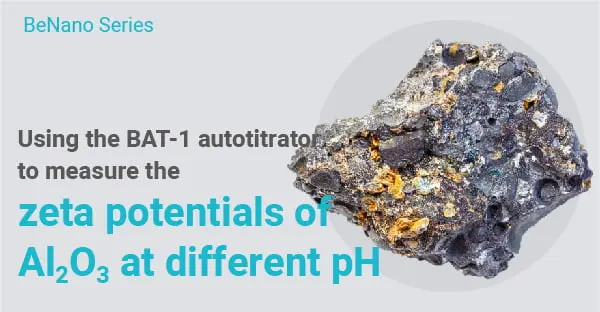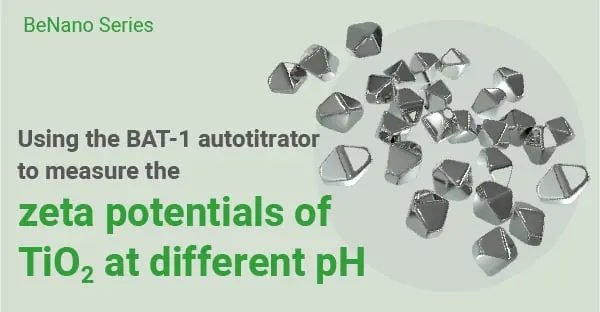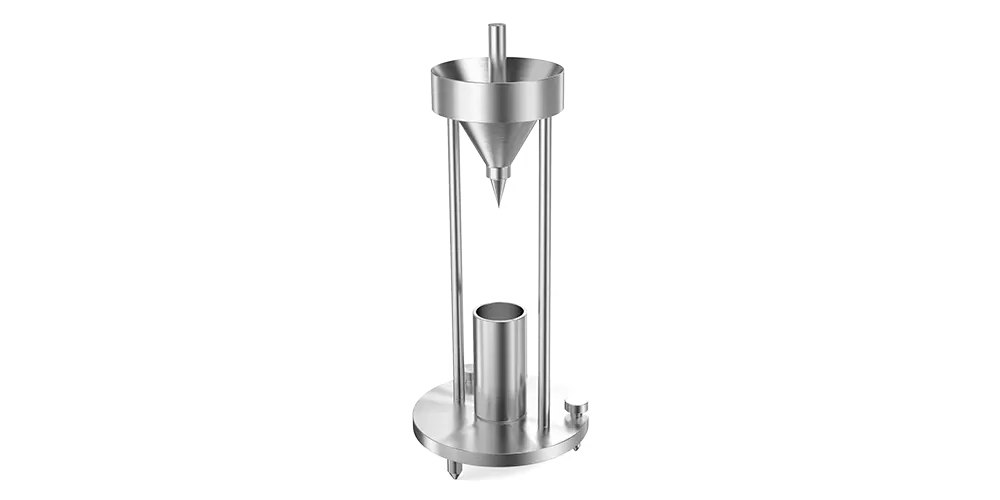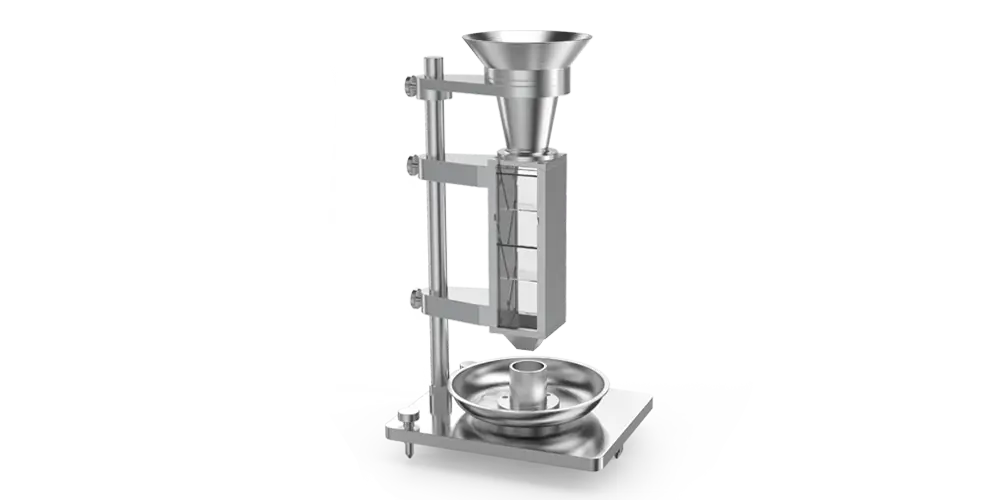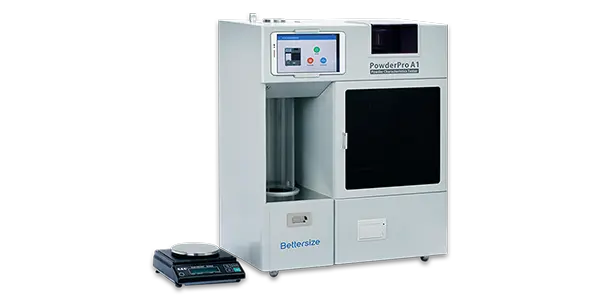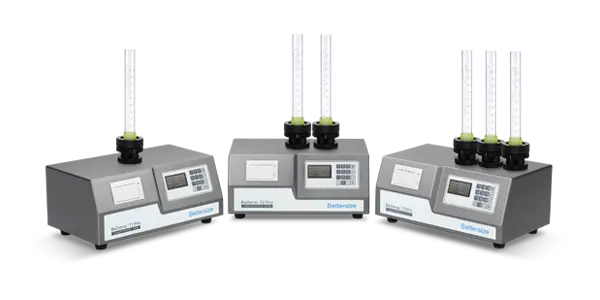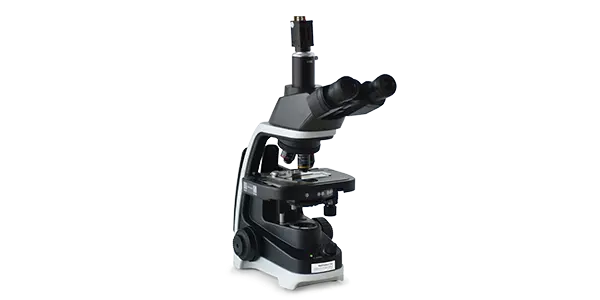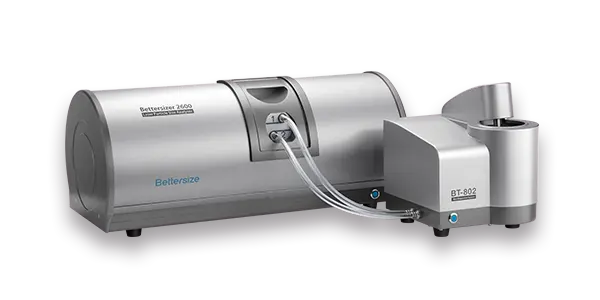化学品
Bettersize Instruments は、化学物質の粒子サイズ、粒子形状、粉末特性の研究と生産管理に広く使用されています。
化学材料の生産を開発および最適化するには、粒子サイズ、粒子形状、粉末特性を含む化学物質の一連の物理的特性を監視する必要があります。
ポリマーとプラスチックは、世界中の化学産業の生産高のほぼ最大の部門を占めています。 主な製品は、ポリエチレン、ポリプロピレン、ポリ塩化ビニル、ポリエチレンテレフタレート、ポリスチレン、ポリカーボネートです。 これらの材料の粒径の測定は、製造および研究開発において非常に重要な役割を果たします。
プラスチックの主な市場は包装で、次に住宅建設、コンテナ、電化製品、パイプ、輸送、玩具、ゲームが続きます。
- 最も生産量の多いポリマー製品であるポリエチレン(PE)は、主に包装用フィルム、牛乳瓶、容器、パイプなどに使用されています。
- 別の大量生産製品であるポリ塩化ビニル (PVC) は、主に建設市場向けの配管、サイディング、輸送および梱包材の製造に使用されます。
- ポリプロピレン (PP) は、PVC と体積が似ており、包装、家電製品、容器から衣類、カーペットに至るまでの市場で使用されています。
- ポリスチレン (PS) は、もう 1 つの大容量プラスチックであり、主に家電製品、梱包、特に衝突事故の影響を軽減するための車内保護の安全機能として使用されます。
- 代表的な人造繊維にはポリエステル、ナイロン、ポリプロピレン、アクリルなどがあり、用途にはアパレル、家庭用家具、その他の産業用および民生用が含まれます。
その他の化学製品には次のものがあります。
- 合成ゴム、界面活性剤、染料・顔料、テレビン油、樹脂、カーボンブラック、爆薬、ゴム製品。
- 無機薬品には、食塩、苛性ソーダ、ソーダ灰、酸(硝酸、リン酸、硫酸など)、二酸化チタンなどが含まれます。
- 肥料はリン酸塩、アンモニア、カリ化学物質などを含む最小のカテゴリーです。
プラスチックの製造に使用されるプロセス装置には、射出成形金型、圧縮金型、押出機、回転金型などがあります。 これらすべてのプロセスに共通するのは、出発材料としてペレットまたは粉末が使用されることです。 供給材料の特性は、融点などの特定の基準を満たさなければなりません。 さらに、化学組成、曲げ強さ、圧縮強さ、耐衝撃性、密度、耐薬品性、および引張強さが、得られる物品の特性を決定します。 ペレットの粒径は、ポリマーの加工性に大きく影響します。 ホッパーからの流動性と加熱時の溶融速度は、プロセス速度に直接影響します。 粒子 (ペレット) は通常、輸送や用途のために 200 ~ 2,000 ミクロンの範囲で製造されます。
産業の発展を促進するには、より優れた粒度測定方法が必要です。 では、どのような粒子径分析方法が適しているのでしょうか? Bettersize レーザー粒子分析装置は、次の側面で化学物質の開発を支援できます。
- 材料の粒径、粒子形状、粉体特性などの測定
- ベンチマーク製品を測定して、その性能と安定性を確認する
- 規制基準を確実に遵守するための品質管理
- 適切な包装資材の開発
Citations
- Bettersizer 2600
Functional redundancy as an indicator for evaluating functional diversity of macrobenthos under the mussel raft farm near Gouqi Island
DOI: 10.1016/j.aquaculture.2023.740024 Read ArticleZhejiang Ocean University | 2024Biological traits analysis (BTA) helps to evaluate the effects of different environmental variables on the traits-based functional composition of macrobenthos. However, research on functional traits of macrobenthos under mussel farming is limited. We investigated the spatial and temporal response of the benthic system in terms of taxonomic and functional diversity to environmental variables of farming and natural stressors resulting from suspended mussel farming near Gouqi Island of eastern China Sea. The functional traits of macrobenthic assemblages under mussel farming were characterized by “medium adult body size”, “vermiform body form”, “high flexibility”, “infauna”, “semi-motile”, “gonochoristic”, “surface deposit-feeders”, “carnivores”, “semi-motile burrowers”, and “tube-dwellers”. Functional redundancy was stable in response to mussel farming stresses among seasons, whereas species diversity showed efficient to evaluate natural variables. Functional diversity was significantly affected by farming stressors rather than natural variables, Further analysis using multivariate methods together with continuous monitoring were highlighted to evaluate the impacts of mussel farming. Our results reinforce the importance of macrobenthic species and functional traits analysis to evaluate human stresses driven impacts in offshore ecosystems. By analysing the environmental variables with different sources, independently, we concluded the main effects of human pressures on macrobenthic community. Such distinction could be particularly effective to isolate variable environmental descriptors and evaluate their effects on functional diversity, making the current approach promising for the evaluation of ecological effects of anthropogenic stressors in aquaculture areas. - Bettersizer 2600
Degradation characteristics and utilization strategies of a covalent bonded resin-based solid amine during capturing CO2 from flue gas
DOI: 10.1016/j.seppur.2023.125621 Read ArticleChina University of Petroleum | 2024In this study, various types of degradation as well as attrition which are possibly encountered in a circulating fluidized bed temperature swing adsorption (CFB-TSA) process, were conducted experimentally to evaluate the stability of a resin-based solid amine sorbent. Other characterizations methods, such as elemental analysis (EA), Fourier transform infrared spectroscopy (FTIR) etc. were applied to further reveal the degradation mechanisms. The results showed that thermal degradation occurs from 140–160 °C due to the decomposition of amine group. The CO2-induced degradation occurs from a higher temperature of 160–180 °C accompanied by the production of urea. Hydrothermal stability is good below 130 °C, but the ionic impurities in steam crystalized on particle surface can accelerate the degradation. Oxidative degradation is the most harmful, which starts at a lower temperature of 70–80 °C with the formation of aldehyde. The existence of H2O in atmosphere can alleviate the oxidative and CO2-induced degradations. The employed sorbent has a very low attrition index of 0.05, which is 1–2 orders lower than typical commercial fluidized bed catalysts. Based on the results of stability evaluation, some design suggestions for proper utilization of this sorbent or other similar resin-based sorbents have been provided in an industrial CFB-TSA process.
- Bettersizer 2600
De-branching of starch molecules enhanced the complexation with chitosan and its potential utilization for delivering hydrophobic compounds
DOI: 10.1016/j.foodhyd.2023.109498 Read ArticleShihezi University | 2024The current study aimed to prepare the complexes between debranched-waxy corn starch and chitosan polymers (DBS-CS), and then investigated their corresponding structural characteristics, rheological property and potent application in Pickering emulsion. The results indicated that the existence of chitosan significantly inhibited starch short-range molecular rearrangement for all DBS-CS samples, which was manipulated by both debranching treatment and chitosan content. Interestingly, this is the first study to reveal that the outstanding peak at 1.8 ppm in 1H NMR spectrum for sample DBS-CS was gradually shifted towards a lower-field region following an increased chitosan content. Moreover, the debranching treatment shifted the crystallinity pattern from A-type to B-type and the relative crystallinity of DBS-CS decreased gradually with the increased content of CS. All samples had a pseudoplastic fluid and shear-thinning behavior with an enhanced shear resistance following the complexation. The DBS-CS was applied in a Pickering emulsion for showing a greater emulsifying stability and a lower gel strength than native NS-CS prepared emulsion. Importantly, the encapsulation ability of curcumin in the DBS-CS emulsion was significantly improved, followed by an increase of 15.45% for its corresponding bioavailability compared to the control. Therefore, this study might highlight a potential carrier for delivering the bioactive substances in a green pattern. - Bettersizer 2600
Heat-induced aggregation behavior of wheat gluten after adding citrus pectin with different esterification degree
DOI: 10.1016/j.foodhyd.2023.109420 Read ArticleGansu Agricultural University | 2024Wheat gluten aggregation during heat treatment is beneficial to the final quality of gluten-based products. Exogenous pectin can affect gluten aggregation. However, the effect of pectin with different degrees of esterification on the heat-induced aggregation behavior of gluten and its possible mechanism are still unclear. Thus, the heat-induced aggregation behavior of gluten after adding pectin with different esterification degree was studied in this study. When the temperature was raised from 25 °C to 95 °C, pectin affected gluten aggregation and was related to the degree of esterification. Specifically, the results of rheological properties and particle size indicated that low-ester pectin improved the viscoelasticity of gluten and promoted gluten aggregation. Thermal properties revealed that enthalpy of gluten added with low-ester pectin (37%) increased from 92.96 J/g to 95.40 J/g during heating process. Structurally, the fluorescence intensity and surface hydrophobicity of gluten added with low-ester pectin (37%) were lower than those added with high-ester pectin (73%). In addition, low-ester pectin (37%) significantly increased the disulfide bond content (from 15.31 μmol/g to 18.06 μmol/g) and maintained β-sheet content of gluten compared with gluten alone at 95 °C, indicating that low-ester pectin was more likely to induce gluten aggregation. However, scanning electron microscope showed that the gluten added with low-ester pectin (46%) exhibited a denser network structure at 95 °C than that added with low-ester pectin (37%). These results will provide a theoretical base for the regulation of gluten aggregation and the quality of gluten-based products by pectin with different esterification degree.
- 1
- 2
- 3
- 4
- 5
- 6
- 84


